Industrial Maintenance Guide: Ensuring Longevity of 304 20592PL Flange DN25*PN6
2025-10-18 17:09:16
Sustaining the Strength of Your Plate Welding Flange
Every industrial piping system depends on the strength and precision of its connecting components. Among these, the Plate Welding Flange stands out for its ability to provide a tight, durable seal under various conditions.
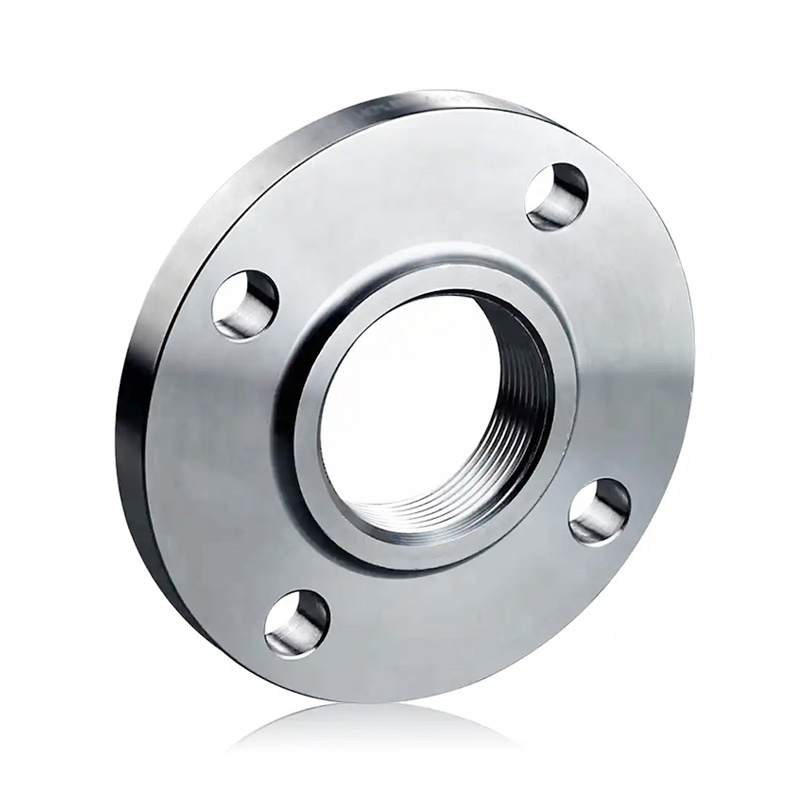

The 304 20592PL Flange DN25*PN6 is a common choice for moderate-pressure operations, balancing strength, weldability, and corrosion resistance. Yet even the best materials demand ongoing attention. Without regular maintenance, corrosion, vibration, or improper torque can reduce efficiency and cause system failures.
This article explores how to keep your 304 20592PL Plate Welding Flange performing like new, with practical maintenance strategies that extend its operational life and ensure consistent system reliability.
1. The Importance of Knowing Your 304 20592PL Flange
The term 20592PL identifies a flat plate-type welding flange produced under the DIN EN 1092-1 standard. With a nominal diameter (DN25) and pressure rating (PN6), this flange is suited for moderate fluid systems such as HVAC, chemical pipelines, and water distribution.
Composed of 304 stainless steel, it features an optimal mix of chromium and nickel for resistance to oxidation, rust, and light acid attack. When maintained properly, these flanges can last for decades, even in demanding environments.
Many China-based manufacturers provide bulk Plate Welding Flange supply, ensuring stable quality and customization for different industrial applications.
2. Establishing a Maintenance Routine
A structured maintenance plan is the foundation of a long-lasting piping system. Ideally, flanges should be inspected at least every few months, depending on service conditions such as temperature, pressure, and exposure to corrosive media.
Inspection focus areas include:
·Weld seams: look for cracks or irregular bead patterns.
·Surface finish: inspect for rust spots, scaling, or pitting.
·Gasket surface: check for residue or deformation.
·Bolts and nuts: confirm even torque and absence of corrosion.
·Alignment: ensure flange faces remain parallel for uniform sealing pressure.
Regular observation helps detect early warning signs and reduces the need for emergency downtime.
3. Cleaning Procedures to Preserve Surface Integrity
Though 304 stainless steel resists corrosion, contamination from chloride, oil, or moisture can still damage its passive layer. Cleaning helps maintain its self-healing oxide film and overall appearance.
Recommended steps for effective cleaning:
1.Flush the flange with warm water to remove loose dirt and debris.
2.Apply a neutral detergent or stainless-steel-safe cleaner.
3.For light rust, use a soft nylon brush or a passivation treatment.
4.Rinse thoroughly with deionized water and dry completely.
5.Optionally, apply a thin film of anti-corrosive compound or protective wax.
Many Chinese manufacturers offer surface passivation and polishing services to restore the corrosion-resistant layer of the Plate Welding Flange, ensuring lasting stability in humid or chemical-rich environments.
4. Managing Gaskets and Fasteners
The integrity of the flange connection largely depends on proper bolt tightening and gasket condition. Even high-quality flanges can leak if tension is uneven or gaskets deteriorate.
Best practices include:
·Tighten bolts in a cross sequence to distribute stress evenly.
·Use torque values recommended for the specific bolt grade and size.
·Replace gaskets whenever the flange is disassembled.
·Select gasket materials suitable for the conveyed medium (e.g., PTFE for chemicals, rubber for water).
Avoid over-tightening; excessive compression can warp the flange face or damage the sealing surface.
5. Safe Handling and Storage Measures
Improper storage can lead to premature corrosion or deformation even before installation.
·Keep the Plate Welding Flange in a dry, covered space with adequate ventilation.
·Use moisture-resistant packaging such as plastic film or corrosion-inhibiting paper.
·Store flanges horizontally with spacers to prevent scratching.
·Handle carefully to avoid dropping or bending the flange edges.
Reputable Chinese suppliers that provide batch production and export of Plate Welding Flanges typically follow strict handling protocols to maintain surface quality during shipping.
6. Frequent Maintenance Mistakes to Avoid
Despite good intentions, common maintenance oversights can shorten the lifespan of stainless flanges. Avoid these pitfalls:
·Neglecting torque checks: Loose bolts often lead to gradual leakage.
·Using abrasive tools: Hard brushes or carbon steel tools can embed particles that cause galvanic corrosion.
·Skipping surface drying: Residual moisture accelerates oxidation in high-humidity areas.
·Ignoring gasket compatibility: Wrong gasket materials can chemically react with the process fluid.
·Unqualified welding repairs: Only certified welders should perform on-site flange modifications.
Attention to detail prevents costly system failures and downtime.
7. Replacement Indicators
No component lasts indefinitely. Knowing when to replace a flange can prevent larger operational risks. Replacement should be considered when:
·Weld defects exceed 2 mm in depth.
·Corrosion has removed more than 0.5 mm of surface thickness.
·The sealing face is uneven or deeply scored.
·Bolt holes are elongated or cracked.
Keeping records of inspection dates, torque measurements, and replacement cycles builds a strong maintenance history and ensures compliance with safety audits.
8. Extending Service Life Through Consistent Care
Beyond cleaning and inspections, proactive measures can enhance long-term reliability:
·Conduct pressure tests after major maintenance work.
·Apply protective coatings in corrosive environments.
·Insulate exposed flanges to reduce temperature fluctuations.
·Schedule annual ultrasonic testing for weld quality verification.
With disciplined maintenance and proper sourcing, your Plate Welding Flange network can sustain optimal performance for years, minimizing system risks and operational costs.
Conclusion: Durable Performance Through Preventive Maintenance
A well-maintained 304 20592PL Flange DN25*PN6 ensures safe, efficient, and leak-free pipeline operation. Regular inspections, proper cleaning, and torque management form the backbone of effective industrial maintenance.
Choosing products from reliable Chinese manufacturers with bulk Plate Welding Flange supply capabilities guarantees both quality consistency and economical operation.
In the end, the reliability of any industrial system depends on more than material quality—it’s the consistent care and precision maintenance of every Plate Welding Flange that keeps the entire system running smoothly.
References
GB/T 7714:Łyczkowska-Widłak E, Lochyński P, Nawrat G. Electrochemical polishing of austenitic stainless steels[J]. Materials, 2020, 13(11): 2557.
MLA:Łyczkowska-Widłak, Edyta, Paweł Lochyński, and Ginter Nawrat. "Electrochemical polishing of austenitic stainless steels." Materials 13.11 (2020): 2557.
APA:Łyczkowska-Widłak, E., Lochyński, P., & Nawrat, G. (2020). Electrochemical polishing of austenitic stainless steels. Materials, 13(11), 2557.
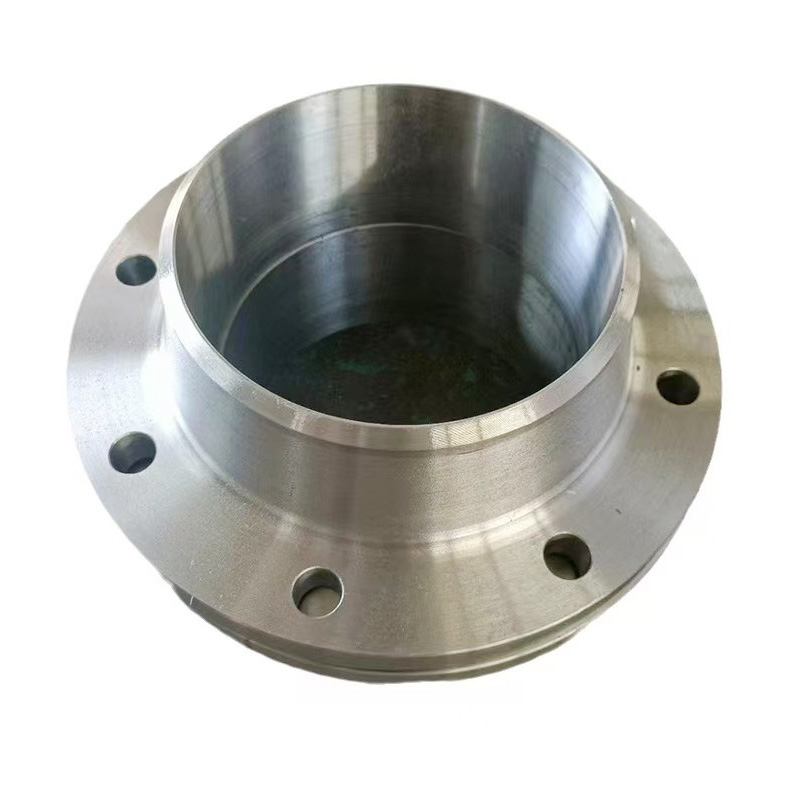
AWeld Neck Flange (WN Flange)is a type of piping flange designed to be welded to a pipe or ...
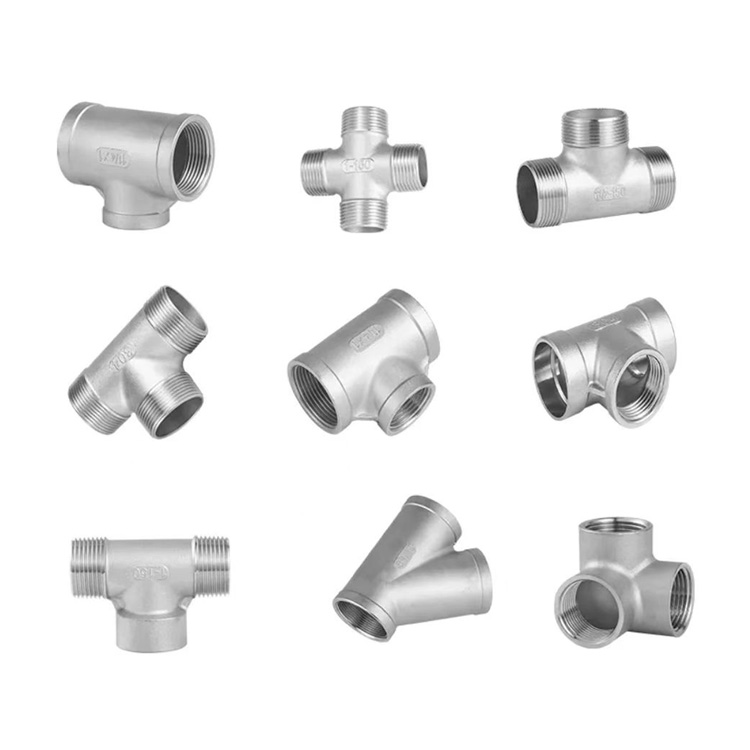
Socket fittings are essential components in piping systems, designed to connect, branch, or...
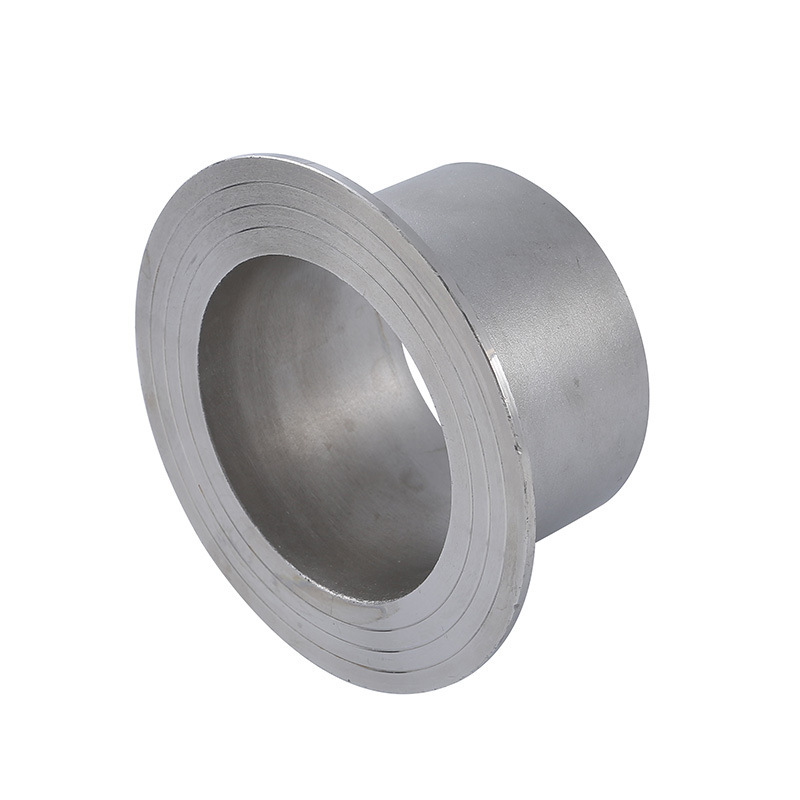
Welding ring is a commonly used metal ring component in pipeline connection or equipment do...
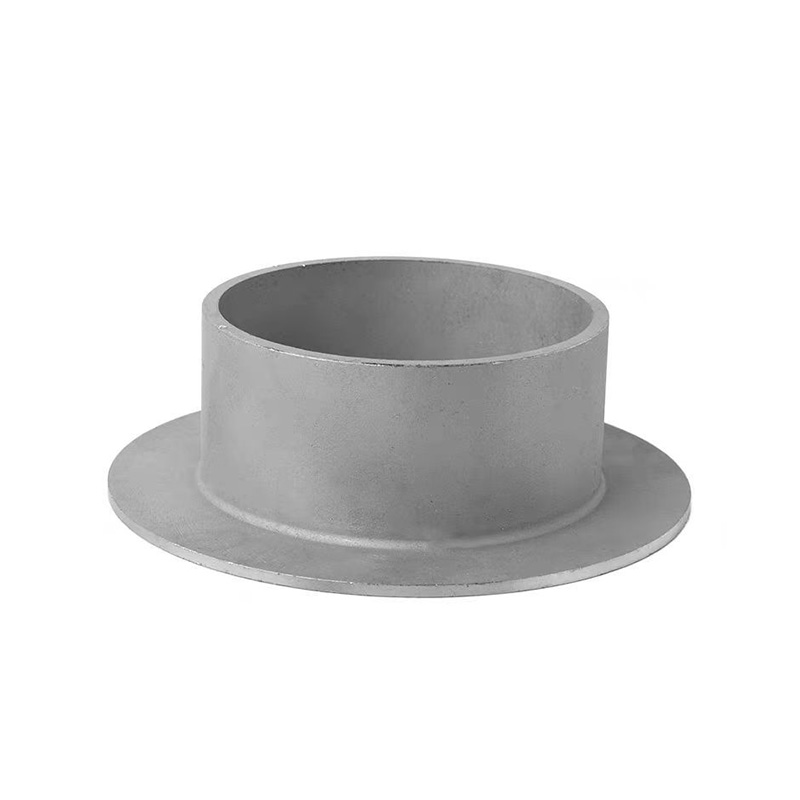
Welding ring is a pipe fitting used for pipeline connection. The following is its detailed ...






